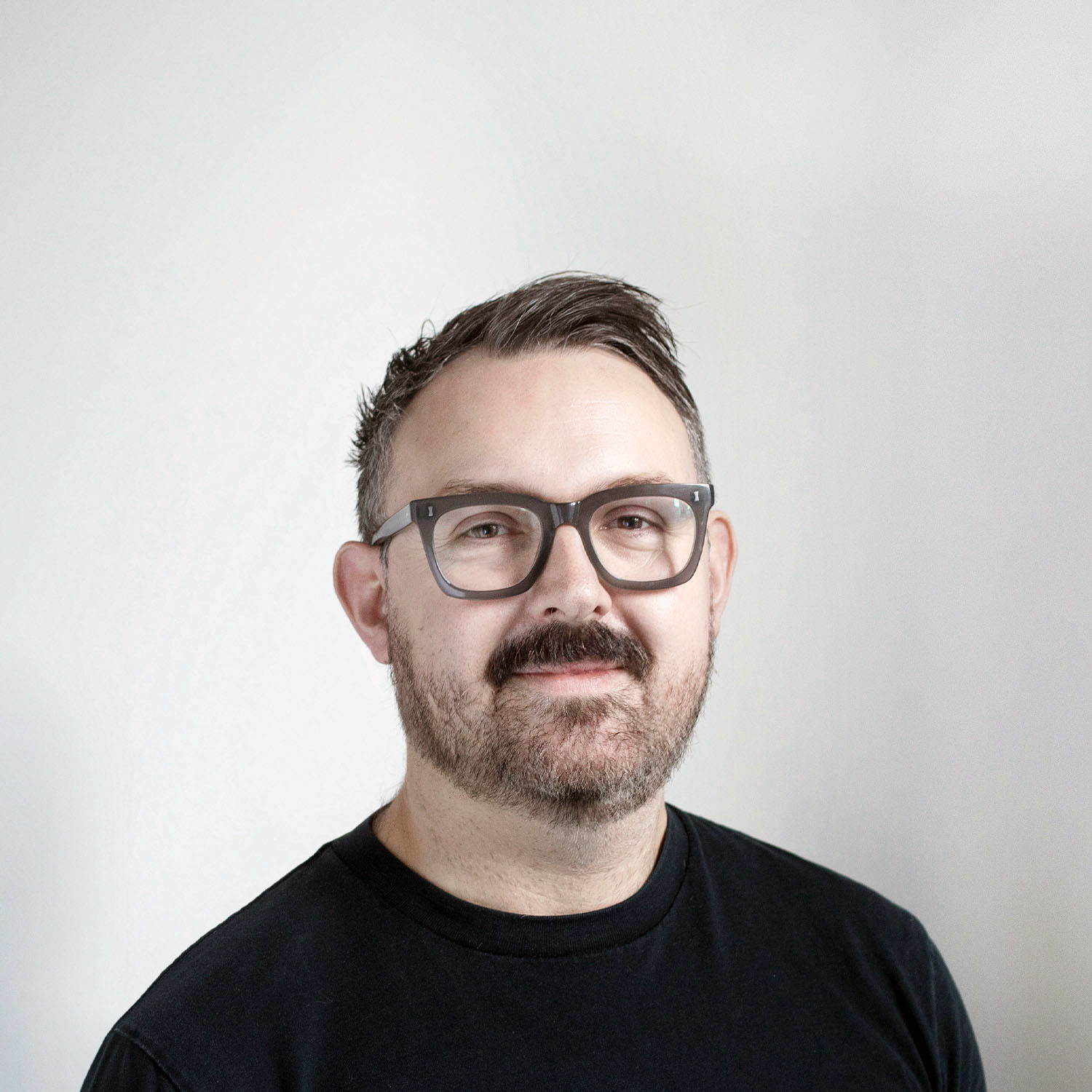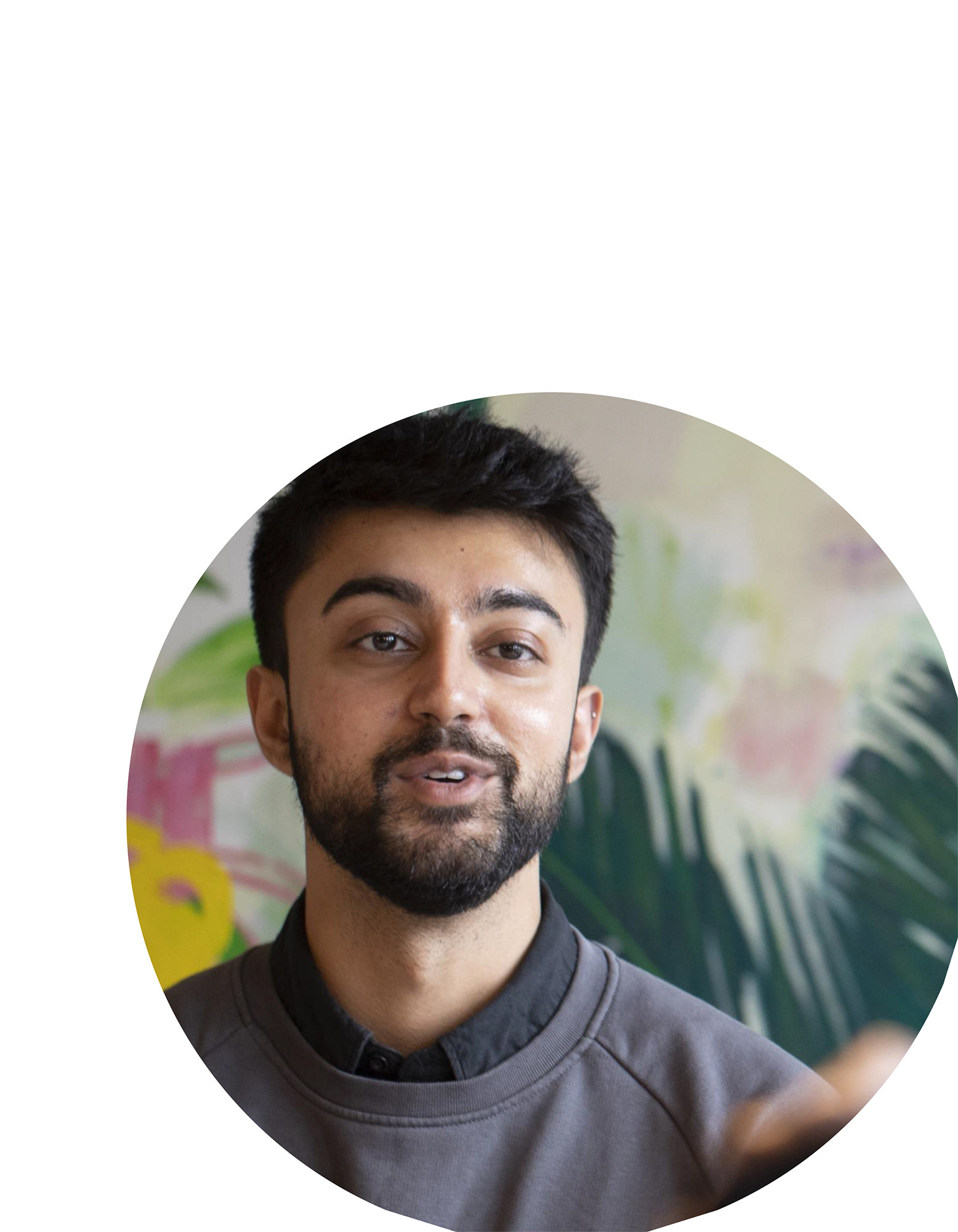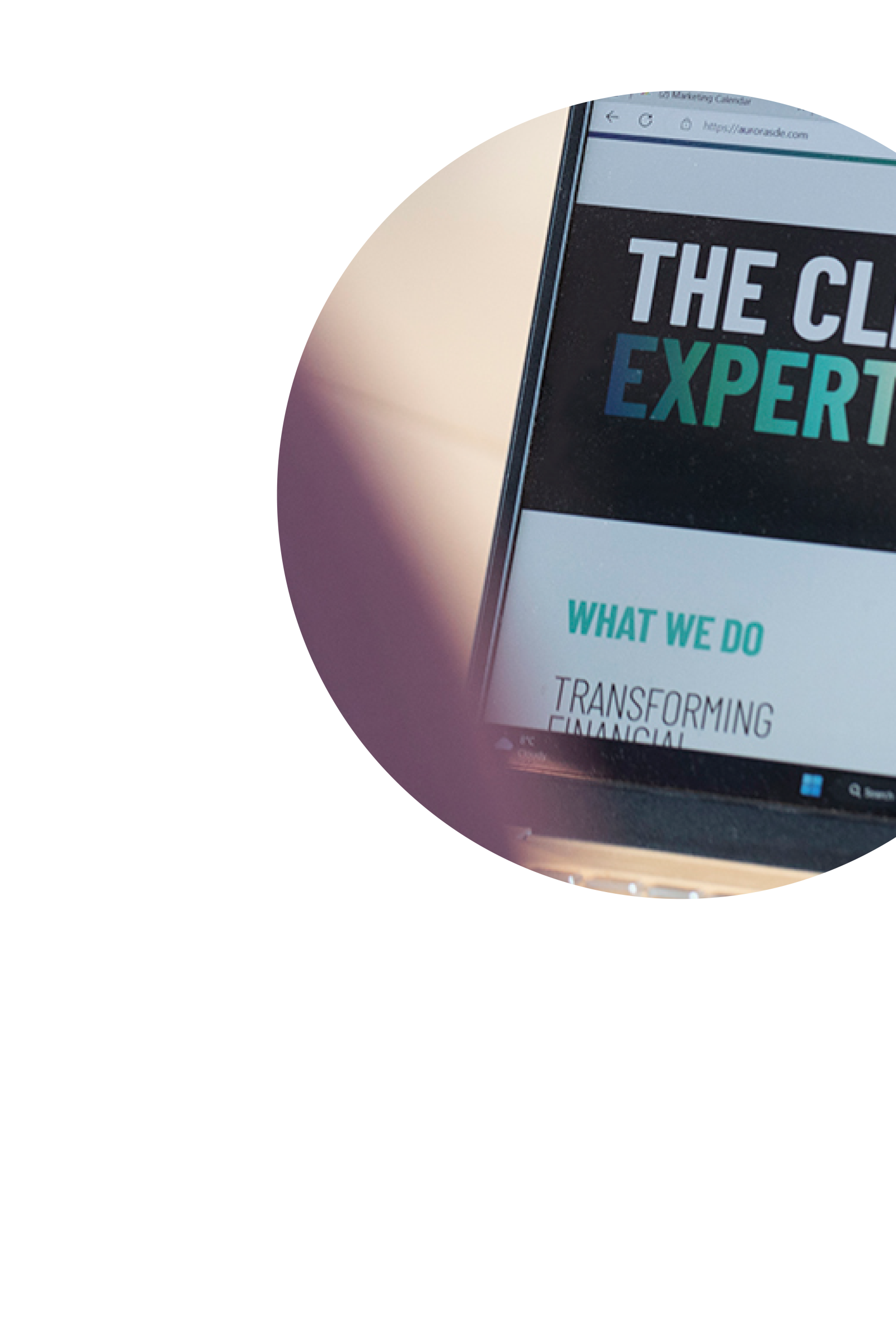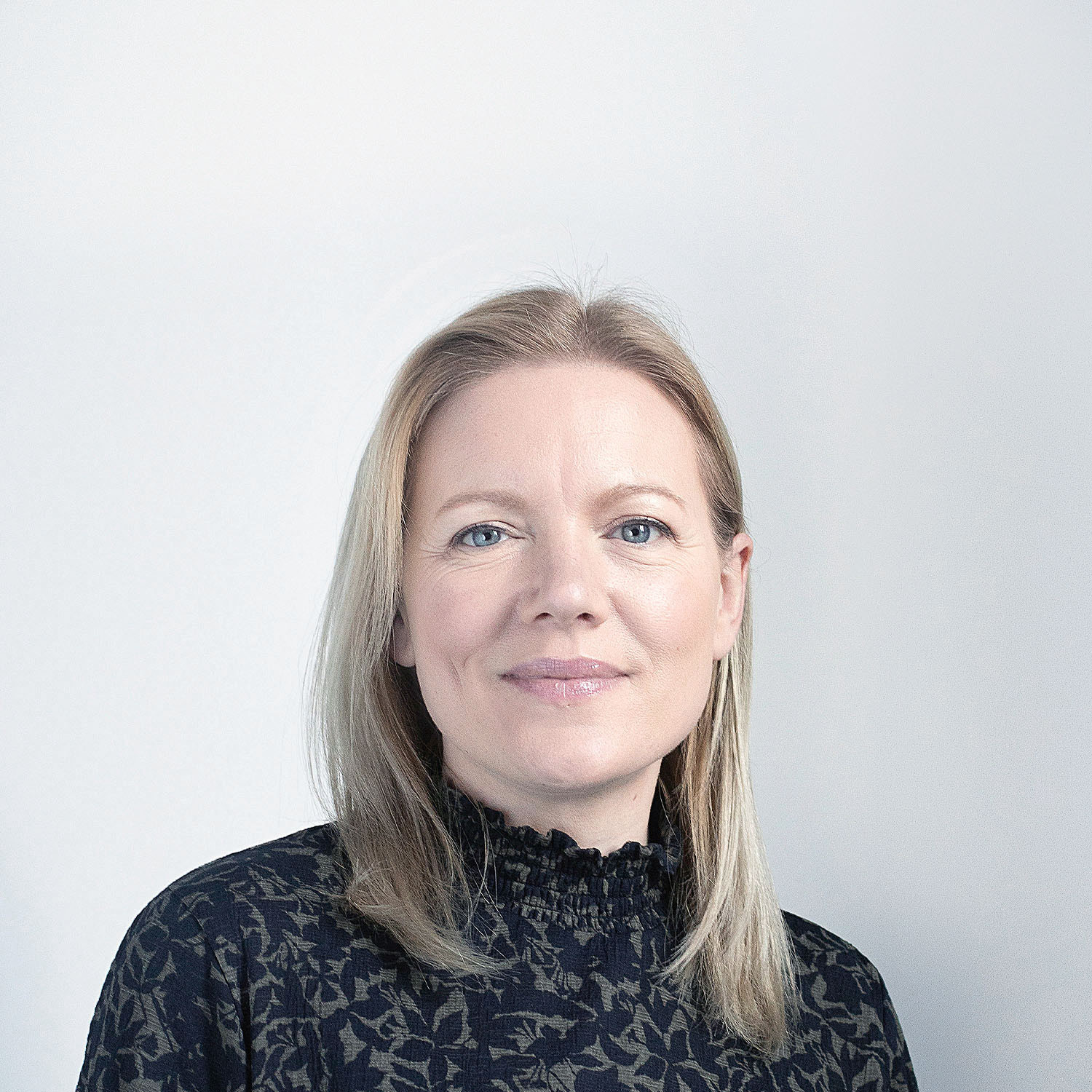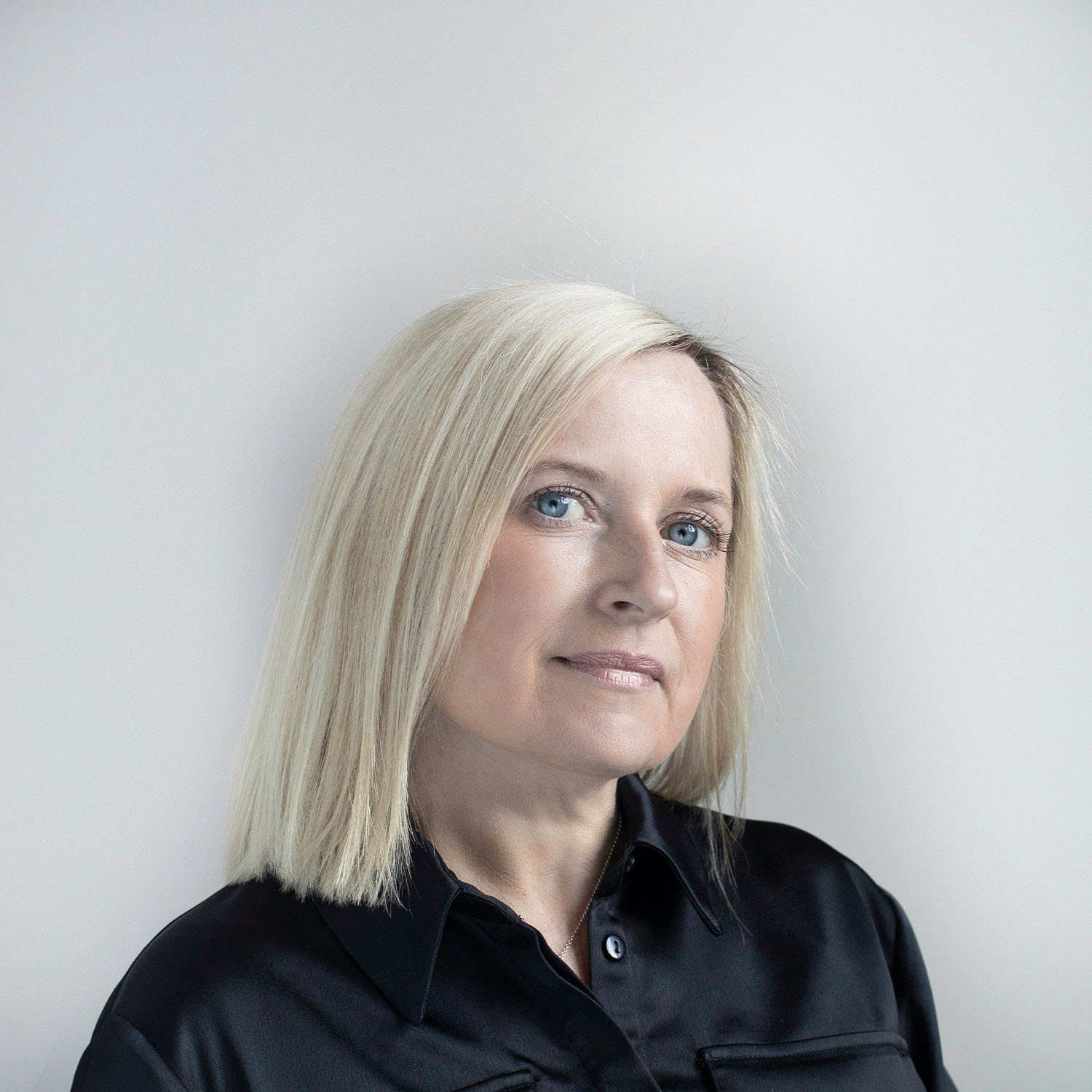Published on
25 January 2023
Under the category
Why playing the long game and accepting CLM in all of its complex glory is the only sustainable route to success.
Our CEO Sean Vickers and Chief Technology Officer Matthew Benham on why playing the long game and accepting CLM in all of its complex glory is the only sustainable route to success.
Sean Vickers: We have a mission in the world to try and define CLM properly because it's such an ambiguous term. The way we describe it is to go right to the beginning when two human beings meet. An RM, sales person or RB meets a client and they have a business need. That’s when CLM starts.
At Aurora, we often talk about CLM being this huge end-to-end conversation, which is correct, but the reality is there are very few individuals in an organisation who truly own that end-to-end story (and by that I mean all functional budgets, all of the people etc - not the spirit of the term). What’s important is that we unbundle CLM. There is the end-to-end which covers many different fiefdoms, functions and groups but we have to unbundle that. The truth is that senior managers will only own part of that story. That’s what I want to talk about is the macro-micro part of CLM and how we can help not only define the end-to-end so that there is a North Star but also the through line for functional and divisional owners..
We talk about the Caesar Salad internally in relation to CLM. What we mean by that is that when we look at CLM, we look at what makes up the overall dish and which ‘process ingredients’ are the croutons or the anchovies. If you add more croutons do you get a better flavour? Or which ingredients have the most impact on the dish?
Matthew, what do you think about unbundling CLM or ‘deconstructing the Caesar Salad’?
Matthew Benham: I'd say that CLM started its life as a broad set of activities all the way from prospecting right through to offboarding. I think the world has kind of shrunk its vision of CLM to an extent from exactly that to being a really targeted activity around KYC and due diligence. And, you know, a little nod in the direction of some of those larger orchestration objectives and joining up the bank in order to deliver those clients services from start to finish. I think what we see now is people going back to that original objective as you say, and looking at how they do the end-to-end. How do they get all of the different participants to use the same tool or get involved in the same process with the same objective.
I don’t think there is a single owner anymore but I do think that people are starting to look at the bigger picture and realising that solving just for KYC and AML isn’t helping solve the customer journey question. It isn’t giving the customer what they want and nor is it giving the bank and the RM and all of the people who interact with the customer the insight needed to deliver the right quality of service.
Sean Vickers: True. You’re right. This idea of KYC and KYC optimisation, which is like an inch wide, mile deep. If I give a flashback to the start of my career here, when I was an analyst working in the corporate bank around twenty years ago, when you got to the KYC section that’s within a credit annual review, people just wrote N/A.
It has evolved so much in twenty years and maybe I’m going to be provocative here but I think it evolved in a very narrow way and I think it's dislocated and fractured the connection with an actual client. So, whilst I'm not in any way dismissing the value of KYC optimisation, when I go back to first principles, which is ‘Right, here is an organisation that wants to trade or do something.’ KYC is a component of that story and they can trade when everything is open and all their product accounts are open. That's when they're good to trade. That's how long something takes.
Going back to my salad analogy - we're in an industry where people measure the size of the crouton not how long it takes you to eat the salad and we need to get away from that. When we talk to clients, they can see this insurmountable set of activities they need to do but where to begin? That’s what we need to unpack. We need to find the bit that’s causing the headache and start there as a way of breaking the back of all of this.
Matthew Benham: I think that, going back to first principles really, it's looking at what the sort of priorities of the business are or asking what are the sort of objectives that you're looking to achieve and using a CLM program to address those in a systematic way. I also think it’s about starting with the customer journey and working backwards. I think there's nearly always a bottom-up approach to this kind of activity, where people look at what they've got, they take an assessment of all of the pieces that they've already got, and they do some kind of replication of them. They make some kind of effort to keep all of the blocks as they are and begin re-engineering them from the bottom up rather than taking a top-down approach where you actually ask ‘What is it that we want to achieve for the customer and what is it we want to achieve for the organisation?’
It’s about designing that customer journey and then working out what components and activities are needed to deliver. It doesn’t mean doing them all at once. It might mean that you come up with a revolutionary customer experience and then working backwards, you’re able to say ‘our first priority is making sure people get their accounts on time. Or, you know, ‘we don’t just see it as onboarding a client, we see it as onboarding a product for that client as well.’
Sean Vickers: Yeah, I agree.
Matthew Benham: From the customer journey perspective, If you take a top down approach, you can then very quickly work out what gets you there the quickest and which of these sorts of activities within CLM are going to make the most difference.
Sean Vickers: Totally. And I think that's the key thing. We talk to a lot of very senior Tier 1 banks and organisations around the world. They can appreciate the end-to-end CLM story and they can see the value in that. There is an alignment of those fiefdoms and groups because often what we've seen is, you know, a Client Management group may have a set of transformation objectives that are actually counterintuitive to the KYC group, or to the legal group. So they're asking for an alignment to some kind of North Star for CLM and then everyone can crack and do what they want to do. And that’ crack on’ can be so many things that are actually tactical or semi tactical. It’s portals, data provisioning, stage-gating in CRM and yes, KYC optimisation? But it's not the be all and end all.
The biggest time gobbler in a process is actually the legal process, which everyone just seems to ignore. So, I think there are components which people should look at that helps them move the story in the world that they own. In the Front Office, that could be Client Segmentation, in the operations world that could be an exit utility, but there has to be an alignment. So, It's a concertina between the macro and micro and I think the more people get their head around that and align to a common cause we will see some movement in the industry.
Matthew Benham: I agree. I think it's really useful to have some of these bold objective statements. A major international bank recently said ‘We're going to onboard all of our customers within seven days’ or ‘We're going to provide an answer to all of our customers within 24 hours’. These are big macro level objectives, which then can be broken down into projects and programs to help deliver those objectives without them necessarily becoming huge monolithic projects that we chip away at and never feel like we've got satisfaction from.
I think the other thing about these large projects that have almost characterised CLM over the last 10 years is programs that get so big that it's almost impossible to see the wood from the trees and people become so disillusioned with them through the business, through the operations functions and through IT that they lose patience and motivation. And actually, we see a lot of chopping and changing in this marketplace where people, you know, they've done three years with one tech vendor, one CLM vendor and then they come out to tender because it's not really worked.
I think there's two main factors to your point, Sean. One of them is about unbundling. You know, people not really taking it apart and working it out as a logical set of objectives to be delivered over a longer period. The other part is that people have forgotten that this stuff is complex. They've listened to the words of the vendors who say ‘You know you can get a project like this up and running’ or ‘ You can get an MVP up and running in six months’ and that’s true, you might be able to get an MVP up and running in six months, but try overlaying that on five different jurisdictions in six months and you'll stall because every one of those jurisdictions thinks they've got their own nuances, they've got their own particularities and projects stall and then with these kind of mismanaged expectations projects run out steam very quickly. People fall out of love with it and you’re back to square one.
Sean Vickers: It’s true. I think the key thing is the fact that CLM end-to- end is complicated. We went through a period in the last decade where it was kind of presented as this plug and play and that it was really simple. The reality is though, to your point, is that it’s really complicated. It requires a decent level of thinking. The vendors have a role in that because they overlay process but the banks also have a role to ensure that operating models and internal journeys are in order. As an industry, there’s a lot of evolution with regards to components but there’s not a lot of revolution.
I generally think what will happen is the disintermediation that’s happening at the bottom of commercial banking will continue to climb up and at some point, it will disrupt the whole thing. People will look at it slightly differently but until then, I think we are in a paradigm that is laser focused on a singular, slice of the CLM story. So my takeaway to people reading this is to think about the end-to-end aligned to a North Star and then think about the components of that, that can be achieved across the story in each of those functions and fiefdoms with a common goal and I think you won’t go far wrong.
Matthew Benham: Yeah, and I think with a practical view on getting the banks operating model in order, being realistic about the time frames and taking everybody on the journey towards that North Star is the only way to ensure success in the space because otherwise expectations will fall short and people are going to check out of the process. Refreshing your goals and being realistic and pragmatic about different delivery timeframes and having a really clear roadmap that takes everyone on the journey with you is the only way to hit success.
 Home
Home
